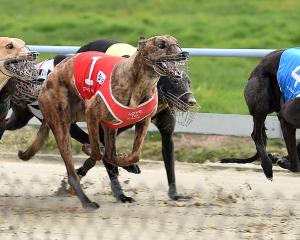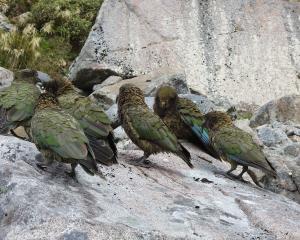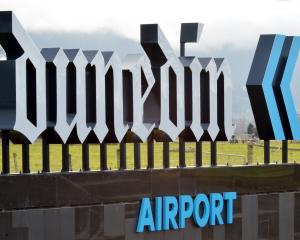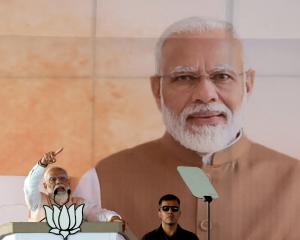A model of the proposed Awatea St stadium has been displayed which won't end the dispute about this contentious project (ODT 23/9/08).
Still, design changes after this will be "minor", so it's time to review the design and other aspects relevant to the arts.
I've said I think the project's too much public money for too little public good. The points made here aren't the whole story but are part of what tips the balance.
A large building on this prominent site is an opportunity to do something exceptional. It calls for a statement like the Sydney Opera House but this is far from that.
The Cake Tin on Wellington's waterfront is bolder and more dynamic. HOKSport's Sydney Olympic stadium is much more exciting and they are the designers for this.
Why is it so less successful? The unkind have said it's pitched to the limitations of the conservative, provincial client. Malcolm Farry seemed to confirm that by saying at the Sport in the City forum last year that he knew it wasn't wonderful but reflected the very tight budget.
Quality of design doesn't depend on money but the uninformed often think it does. The explanation will deflect some critics.
The less discerning will like the design because it seems an up-to-date version of the familiar, such as the old Caledonian gymnasium on the Andersons Bay Rd.
Limitations probably did play a part in the birth of this design.
The rectangular pitch and ground plan preclude the dynamism of circular or elliptical stadia. This isn't helped by the addition of rectangular boxes to the west and east elevations or mitigated by the curving roof.
A dated form is obscured but not redeemed by what reads as unintegrated clutter.
The formerly interior roof trusses are now external but serve only to obscure the potentialities offered by the ETFE roofing. This is a newish plastic, recently come into its own for large-scale buildings.
Its extraordinary biomorphic possibilities are on conspicuous display in the Allianz Arena in Munich and the Aquatic Centre in Beijing. Here it might be so much glass and it's where the challenge was lost.
For the same money you could have had a building of radically innovative form.
Instead, we have klutz and clutter. Since the stadium was first proposed, the claims for it have been progressively watered-down while the acknowledged costs have risen.
Early on it was going to have art exhibitions, but it has no atmospheric or light control, so top-end shows will still go to the public art gallery.
This reduction has been back-handedly acknowledged by reference now to expos and the like. These are things like the trade shows catered for in the Edgar and Dunedin centres, both city-owned and the latter scheduled for expansion.
Why would you want any more?
Then there's concerts. At one time, four a year were proposed, each with crowds over 14,000. The peer reviewers thought that was unlikely, so their revenues were moved to a less certain part of the budget.
But Wellington-based nation-wide concert promoters Ian Magan and Paul Sprey have questioned even these projections.
Mr Farry suggested on radio (21/9/08) that where there's a will there might be a way.
But another promoter, Murray C. Stott, of long New Zealand, including Dunedin, experience, has given an overview of the changing entertainment industry and the detailed demographics and costs which show this is unlikely.
There has been a similar reduction over claims for conferences, shifting of seating and other fit-out costs to other budgets to make the often-repeated projected completion cost of $188 million more achievable.
The now-proposed facility will suit fewer purposes and/or be more expensive to use. And this is without looking at sports codes usage, where similar things are happening.
The peer reviewers were also concerned the true overall completion costs to the city and regional councils were not made clear in the figures considered by the city council on March 17, when it voted conditional support.
A recent ODT report (23/9/08) had Transportation Manager Don Hill acknowledging $1.5 million in such additional expenditure, due to State Highway 88's further stadium-required realignment, which is probably an understatement.
Other "extras" are still unacknowledged. And at least some regional councillors managed to vote for the project under the illusion it would operate at an annual "profit".
This was regional councillor Gretchen Robertson's statement recorded on June 25. But the city council chief executive's report of March 14 shows the facility would annually cost the council at least $9.7 million.
The indifferent design, progressive loss of function, unacknowledged additional start-up costs and failure to grasp the true continuing burden are causes for general concern.
But the arts, like others, have to also face the opportunity costs.
The city's borrowed $91.4 million for this wouldn't be available for an 800-seat theatre, South Dunedin library - or anything else.
Peter Entwisle is a Dunedin curator, historian and writer.
- By Peter Entwisle












